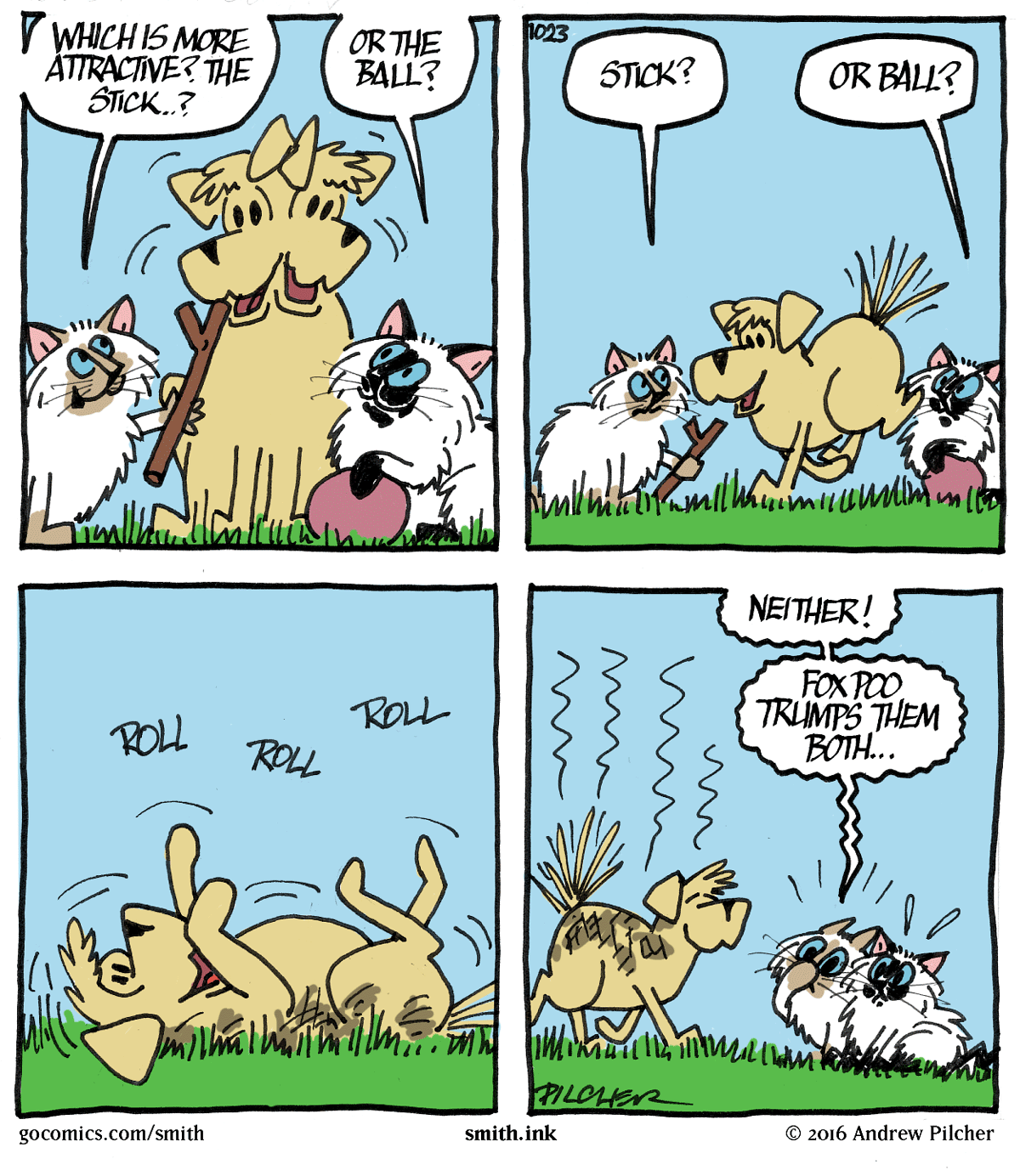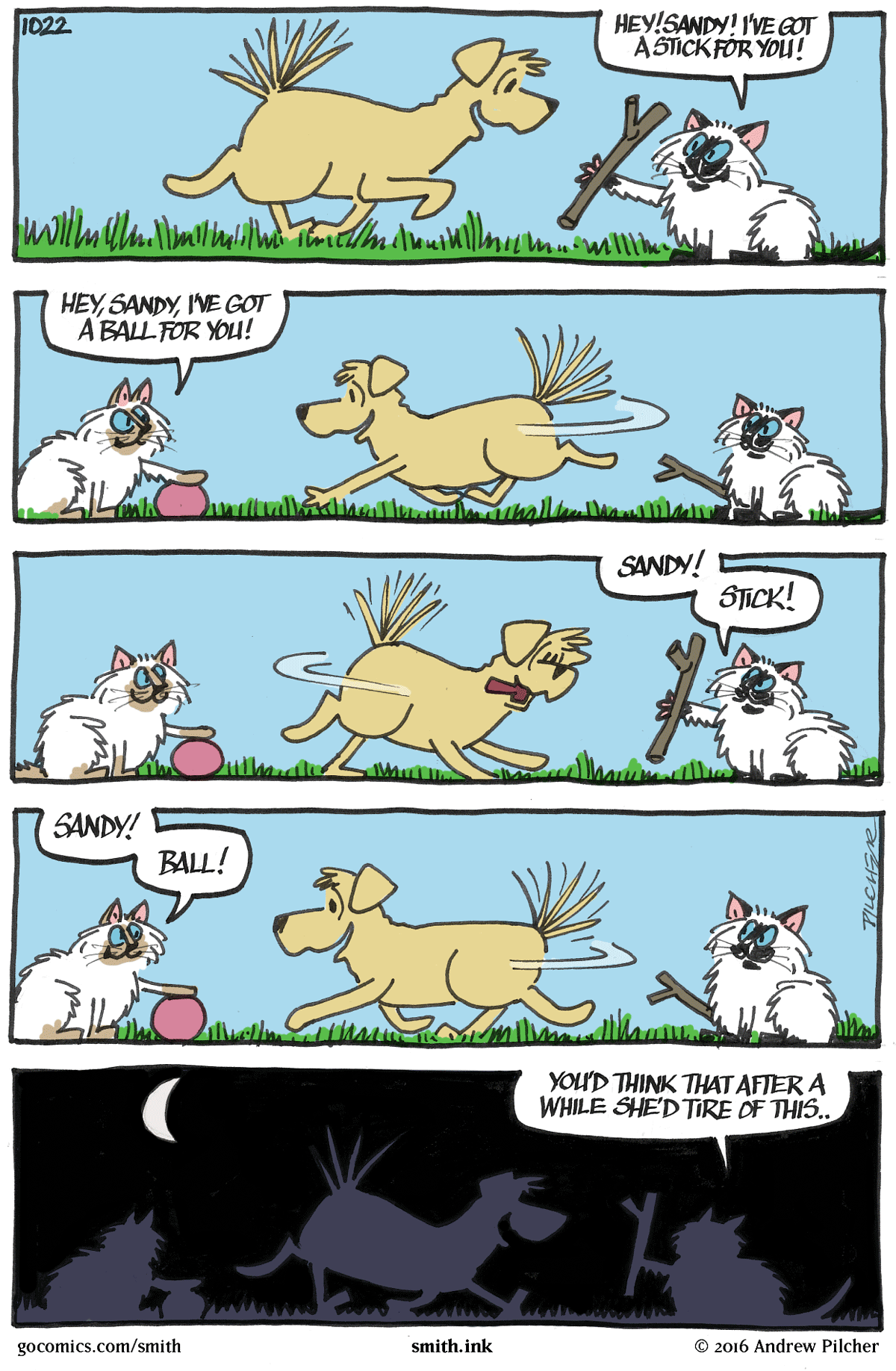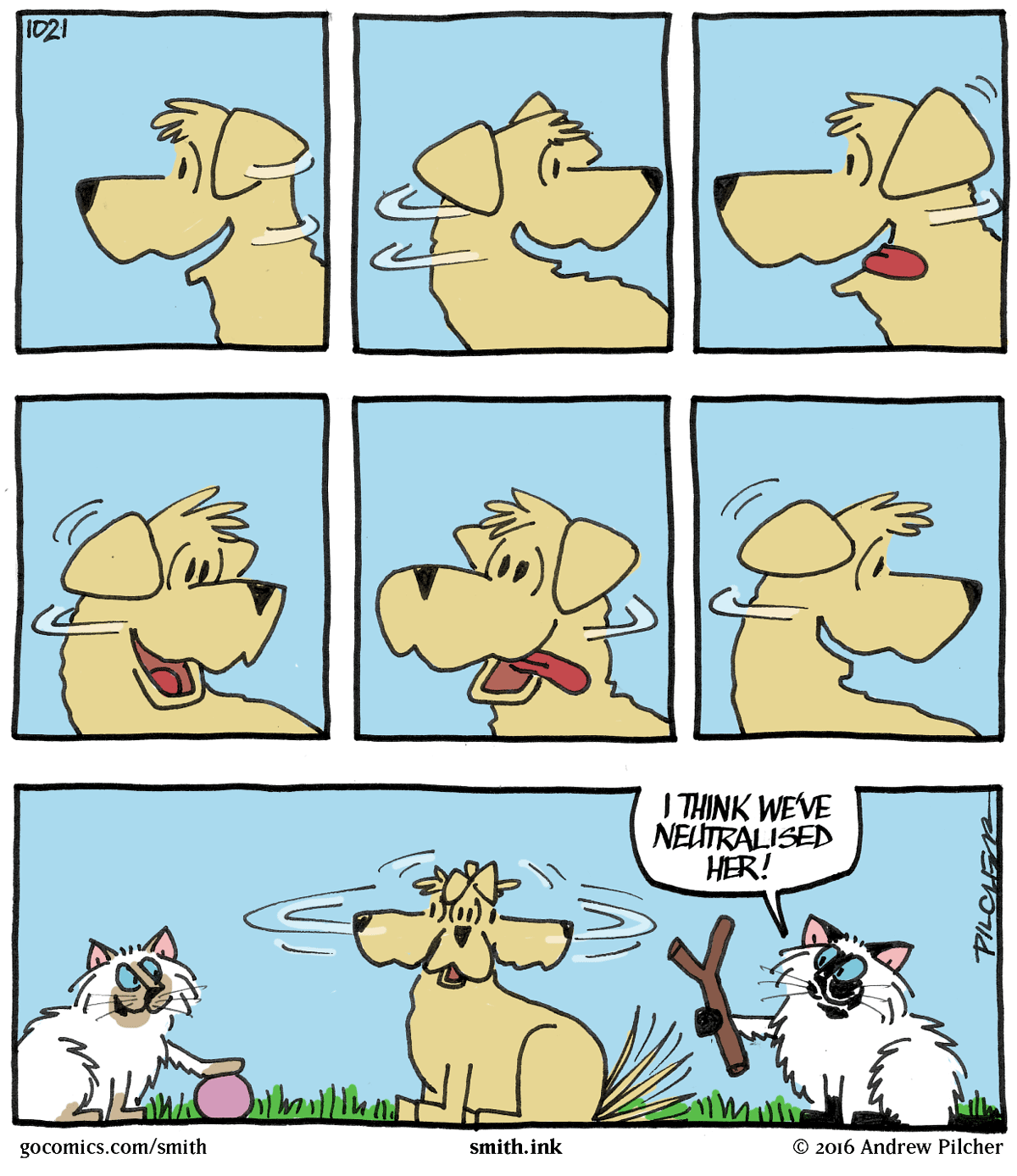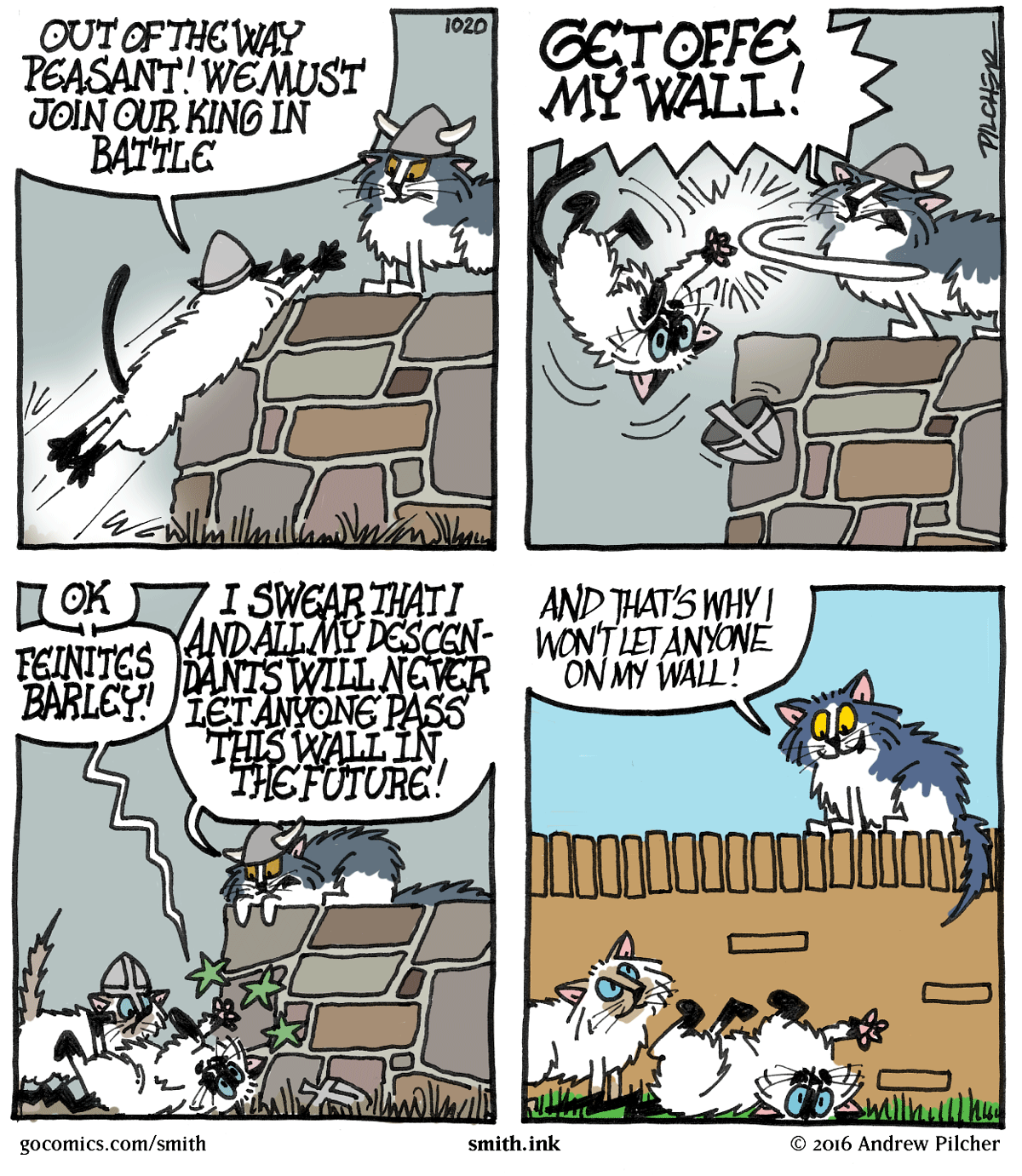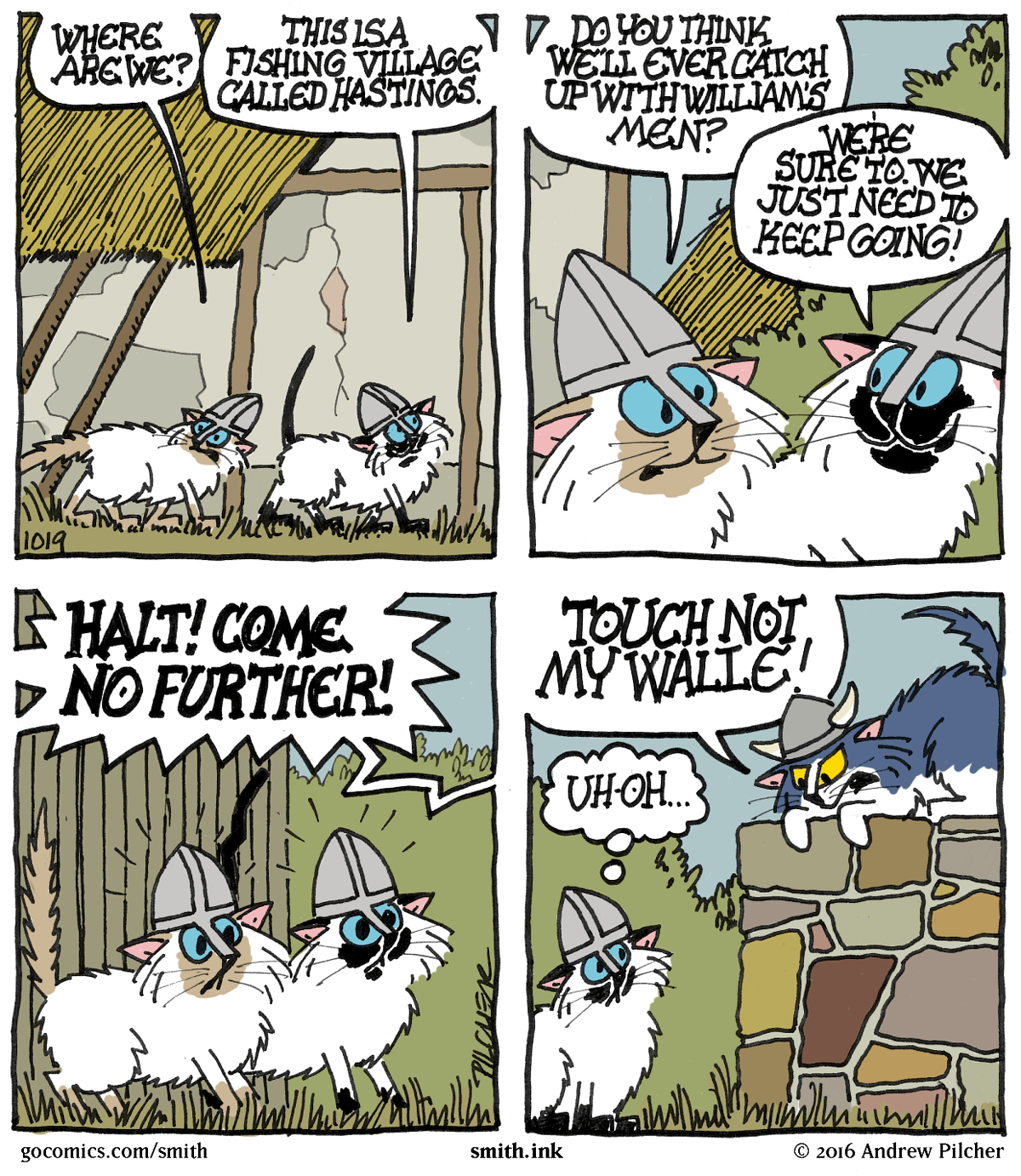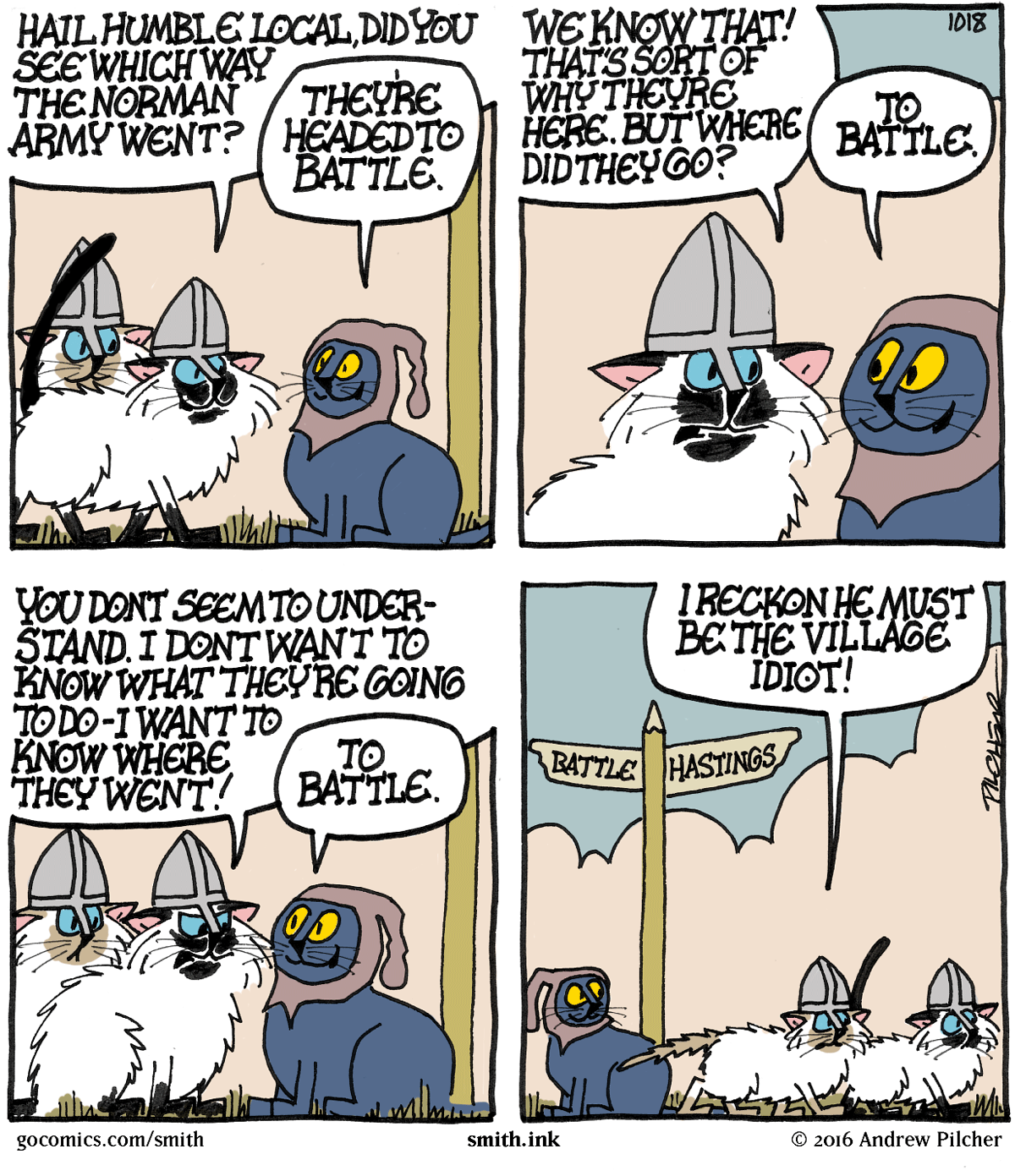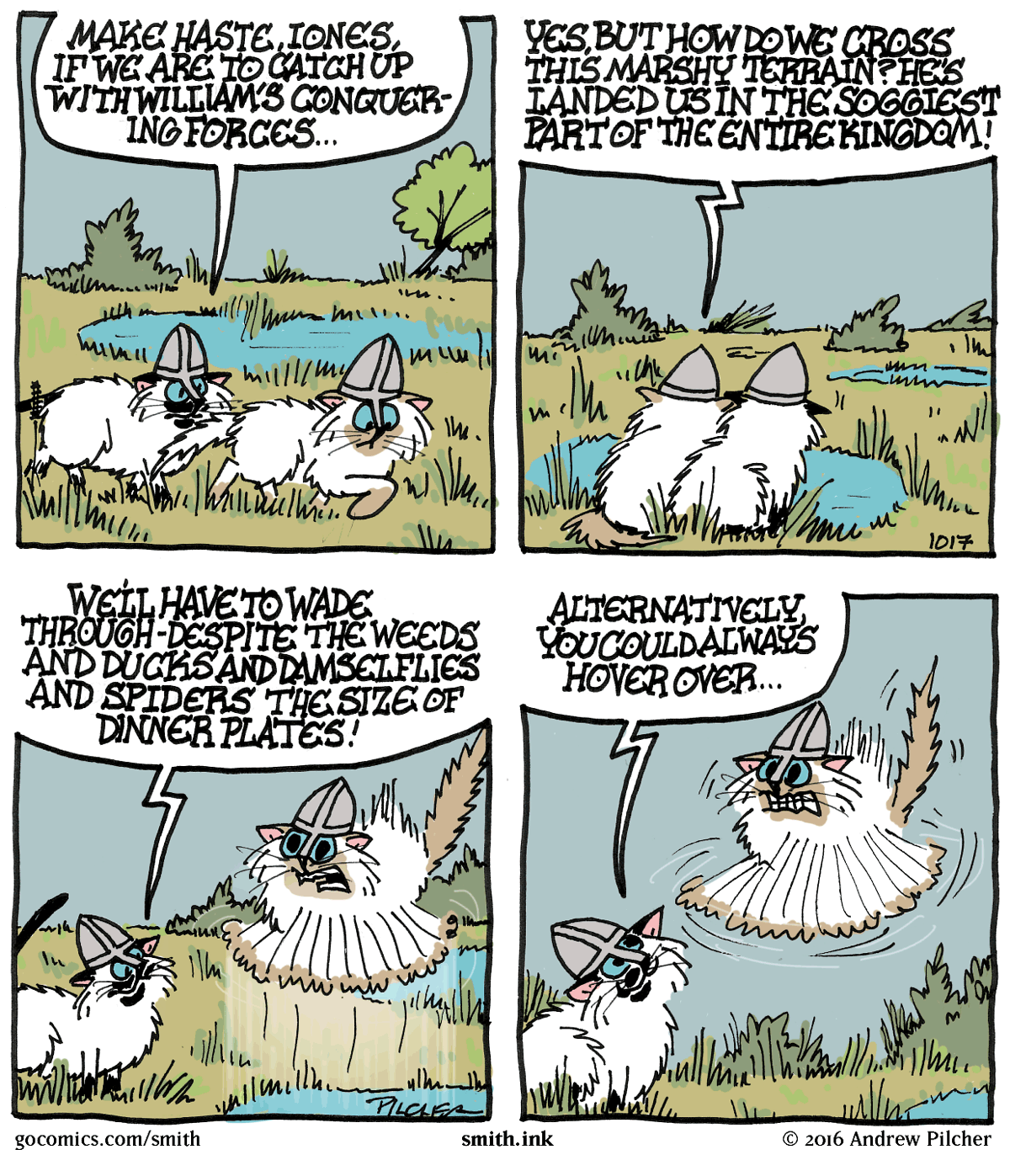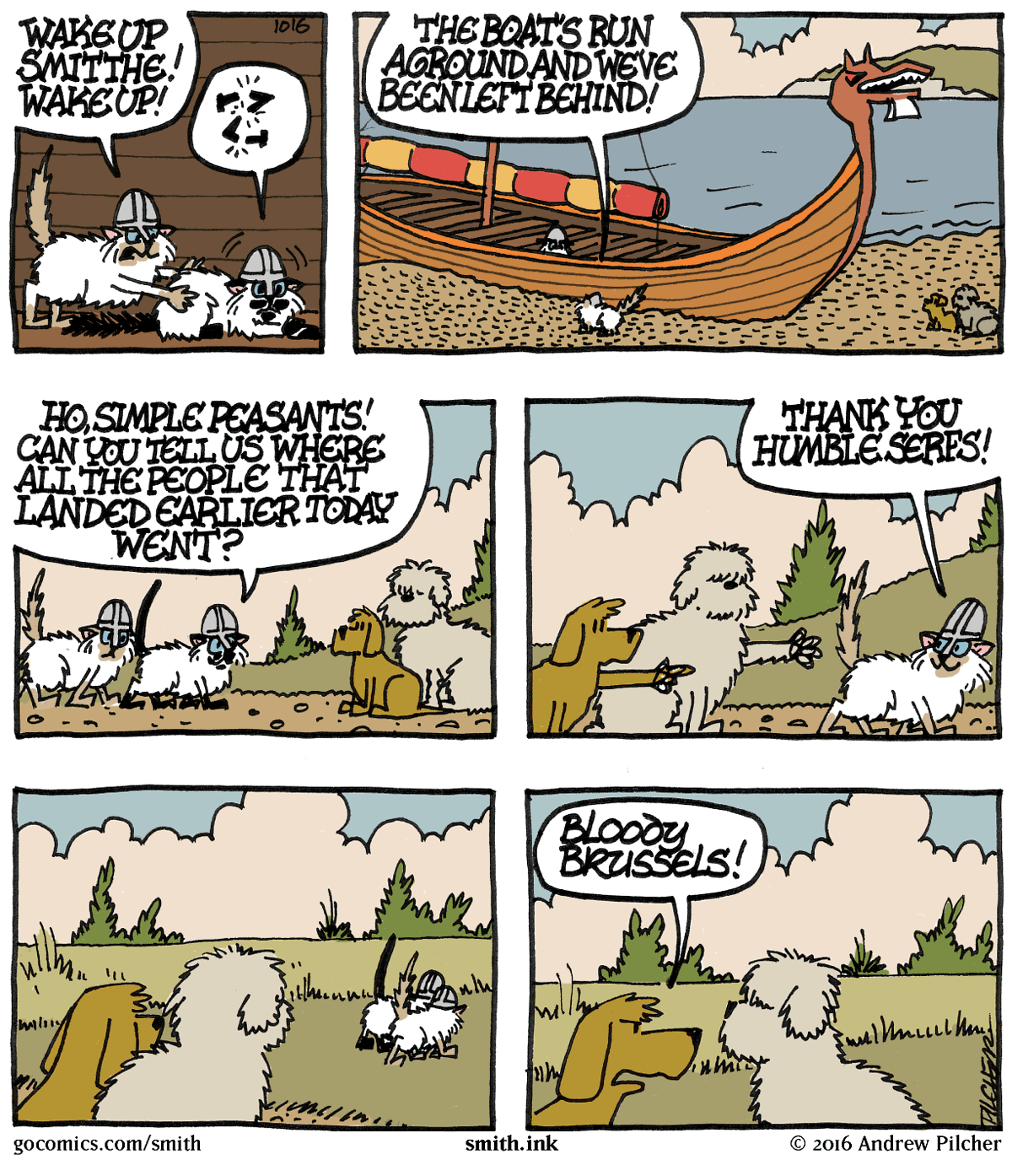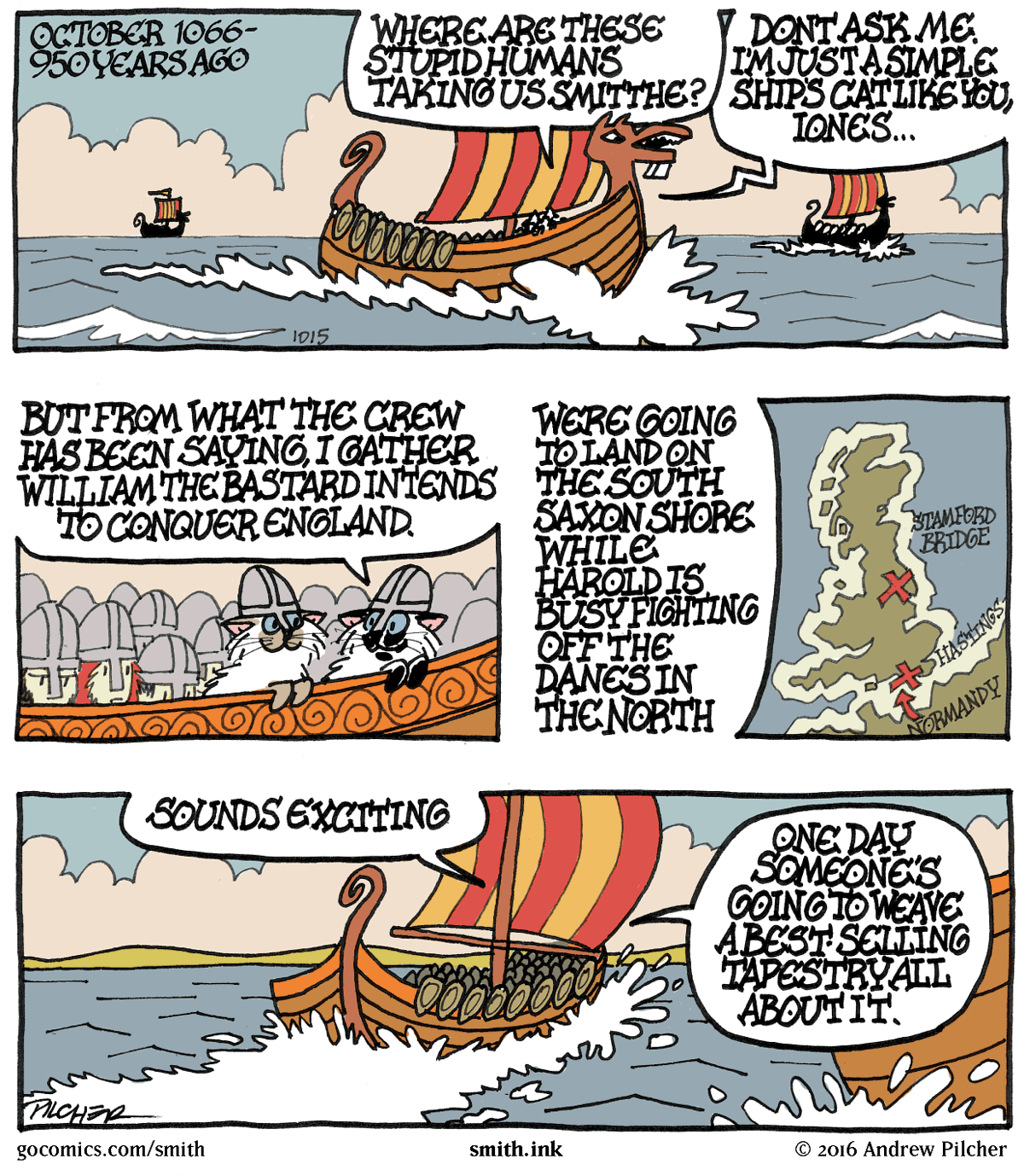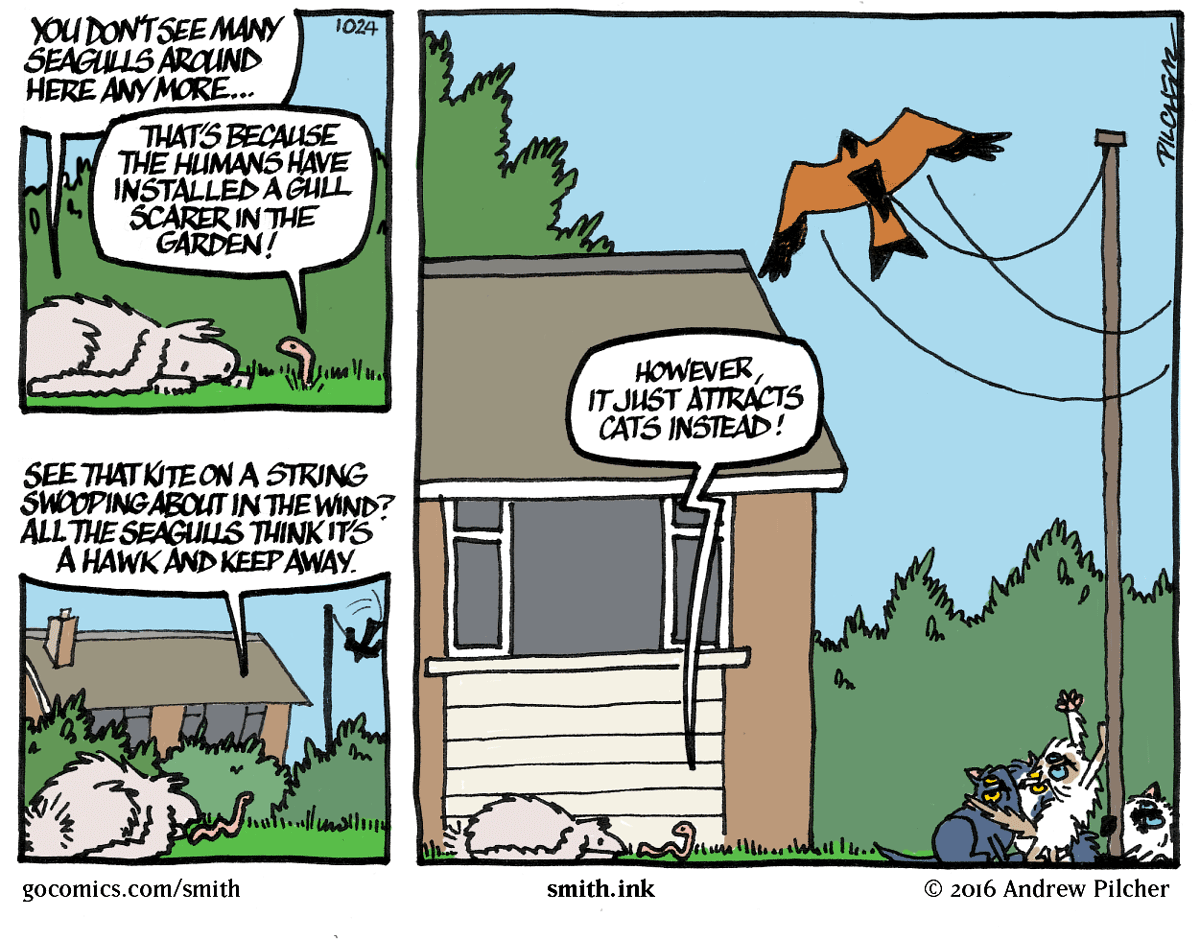
One of these things has appeared in my neighbourhood. It’s essentially a kite in the shape of a bird of prey (or a kite in the shape of a kite if you like) tethered to a pole. It’s made out of polythene so it’s very light and it only takes the lightest of breezes to send it aloft, and as it’s tethered it rises and then swoops down suddenly like stooping buzzard. The combination of the silhouete and the movement keeps nesting seagulls away. This summer we haven’t had any seagulls on our roof.
However, it does also look like a very large cat toy.

